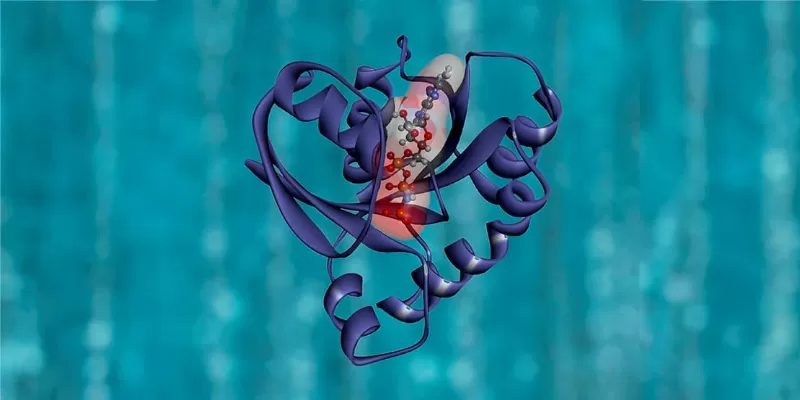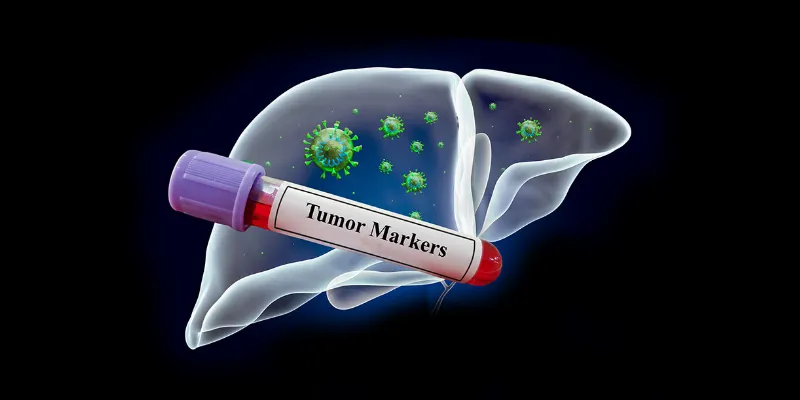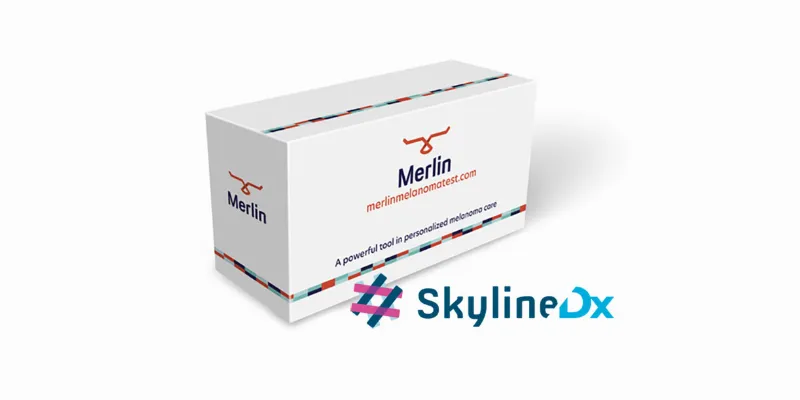New ALS Treatment on the Horizon: 'Velcro-like' Protein Molecule Identified

9 September 2023
Researchers have identified a "Velcro-like" protein, alpha 5 integrin, which is linked to the progression of amyotrophic lateral sclerosis (ALS). The protein was consistently found in high concentrations around damaged motor neurons in ALS patients and mouse models. By blocking this protein in mice, the disease's progression was slowed, and motor skills improved.
The study, emerged from collaboration between Stanford Medical School, Pasithea Therapeutics, the Mayo Clinic, and Oregon Health & Science University. While further clinical trials are necessary, the discovery of alpha 5 integrin's role in ALS opens new doors for potential treatments. This groundbreaking research, published in the Proceedings of the National Academy of Sciences.
ALS, a devastating neurodegenerative condition also known as Lou Gehrig's disease, results in the progressive paralysis of its sufferers. Currently, there are very few treatments available for the disease, and those that exist offer limited relief.
The newly discovered protein, alpha 5 integrin, plays a pivotal role in how immune cells attach to their surroundings. A team led by Professor Lawrence Steinman, a veteran neurologist at Stanford Medicine, identified this protein after recalling his previous work in the early 1990s.
Professor Steinman's earlier study had pinpointed an analogous protein, alpha 4 integrin, as a treatment target for multiple sclerosis (MS). Just as MS involves the death of neurons due to inflammation, ALS sees the demise of neurons, potentially via a similar inflammatory mechanism.
This parallel gave the team hope for a novel treatment approach for ALS. In both mice genetically engineered to show ALS-like symptoms and in human ALS patients, high levels of the alpha 5 integrin protein were observed. This protein was especially prevalent in the immune cells of these mice as they exhibited more symptoms resembling ALS. Professor Steinman noted that in ALS, the immune cells in the brain and body often attack motor neurons, leading them to shrink and eventually perish.

The critical breakthrough came when the team examined tissue samples from 132 ALS patients. In contrast to those without the disease, ALS patients had markedly higher levels of alpha 5 integrin in their motor pathways. Strikingly, this protein only appeared in the areas affected by ALS.
In mouse models of the disease, a drug that blocked alpha 5 integrin showed significant promise. Mice treated with the drug displayed improved motor functions. This result suggests that by targeting the protein, the drug could potentially reduce the ability of immune cells to destroy motor neurons.
However, one challenge remains. The drug does not readily cross the blood-brain barrier, meaning it primarily targets the protein outside the brain or spinal cord. Professor Steinman's team is optimistic about designing an enhanced version of the drug, which could potentially halt the progression of ALS altogether.
"For those suffering from ALS, these findings represent a beacon of hope. We're determined to develop this into a viable treatment option," said Professor Steinman, underscoring the significance of their work.
Abstract of the research
Elevated α5 integrin expression on myeloid cells in motor areas in amyotrophic lateral sclerosis is a therapeutic target
Abstract: Amyotrophic lateral sclerosis (ALS) is a fatal disease affecting upper and lower motor neurons. Microglia directly interact with motor neurons and participate in the progression of ALS. Single-cell mass cytometry (CyTOF) analysis revealed prominent expression of α5 integrin in microglia and macrophages in a superoxide dismutase-1 G93A mouse model of ALS (SOD1G93A). In postmortem tissues from ALS patients with various clinical ALS phenotypes and disease duration, α5 integrin is prominent in motor pathways of the central and peripheral nervous system and in perivascular zones associated with the blood–brain barrier. In SOD1G93A mice, administration of a monoclonal antibody against α5 integrin increased survival compared to an isotype control and improved motor function on behavioral testing. Together, these findings in mice and in humans suggest that α5 integrin is a potential therapeutic target in ALS.











Comments
No Comments Yet!